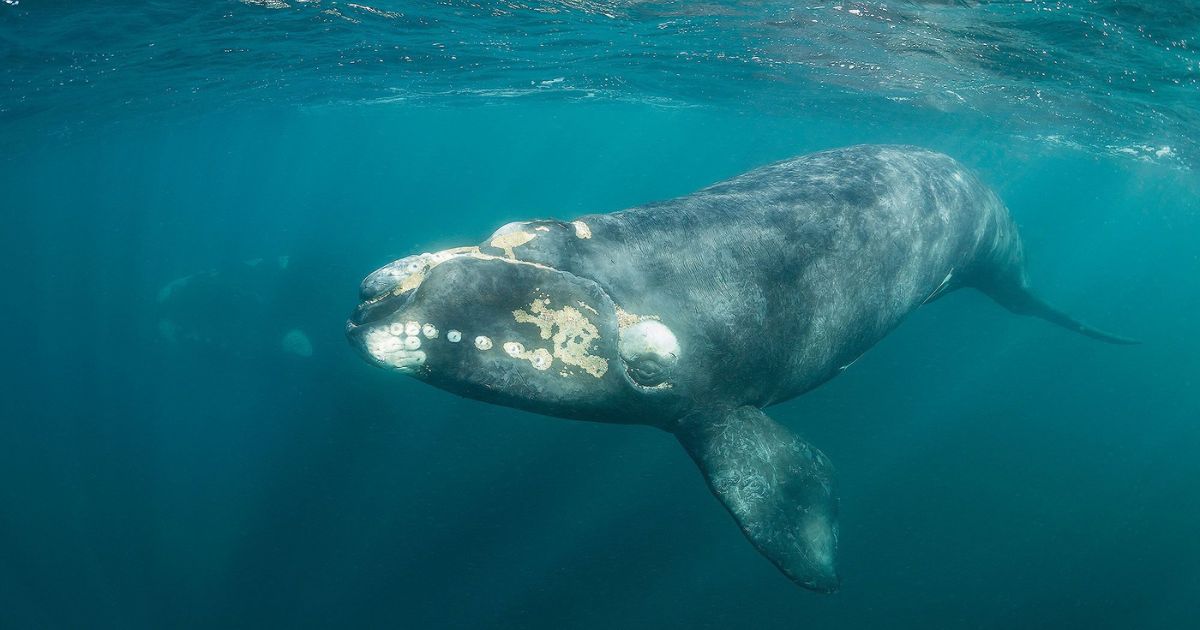The right whales (Eubalaena glacialis) are majestic creatures, gliding through the oceans for centuries. Sadly, these gentle giants are facing a critical fight for survival. With a population estimated at around 350 individuals, they are classified as critically endangered by the International Union for the Conservation of Nature (IUCN). Understanding the right whale, its habitat, and the threats it faces is crucial for its conservation.
Read More: Digital News Planet
Right Whales: Anatomy and Distinctive Features
Right whales are baleen whales, filter feeders that use fringed plates called baleen to strain tiny prey from the water. They are the only species in the genus Eubalaena and are easily distinguished by several unique features:
- Large size: Right whales are among the largest whales, reaching lengths of up to 18 meters (59 ft) and weighing up to 100,000 kilograms (220,000 lbs).
- Caloused head: Right whales have large, rough patches of callosities on their heads, believed to be related to feeding behavior and social interactions.
- No dorsal fin: Unlike most whales, right whales lack a dorsal fin, making them instantly recognizable.
- V-shaped blowhole: The blowhole of a right whale has a distinctive V-shape, different from the U-shaped blowholes of other baleen whales.
- Right whales were named by whalers because they were considered the “right” whale to hunt – they were slow-moving, floated after death, and yielded a large amount of oil.
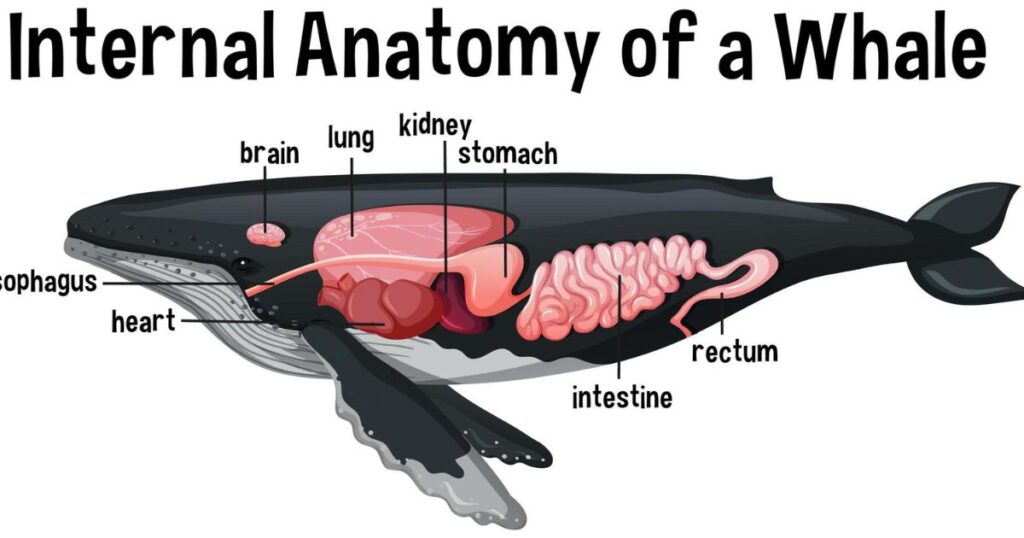
Habitat and Migration Patterns
- North Atlantic right whales: These whales migrate between feeding grounds in the Gulf of Maine and Canada and calving grounds off the coast of Florida and Georgia.
- North Pacific right whales: Critically endangered with only around 30 individuals remaining, these whales feed in the Bering Sea and migrate to unknown calving grounds.
Right whales are seasonal migrators, traveling long distances between feeding and calving grounds. They rely on specific oceanographic features, such as upwellings rich in zooplankton, their primary food source.
Right Whale Size
These gentle giants are truly massive. Adult right whale can reach lengths of up to 18 meters (59 ft) and weigh a staggering 100,000 kilograms (220,000 lbs). This impressive size places them among the largest whales on Earth.
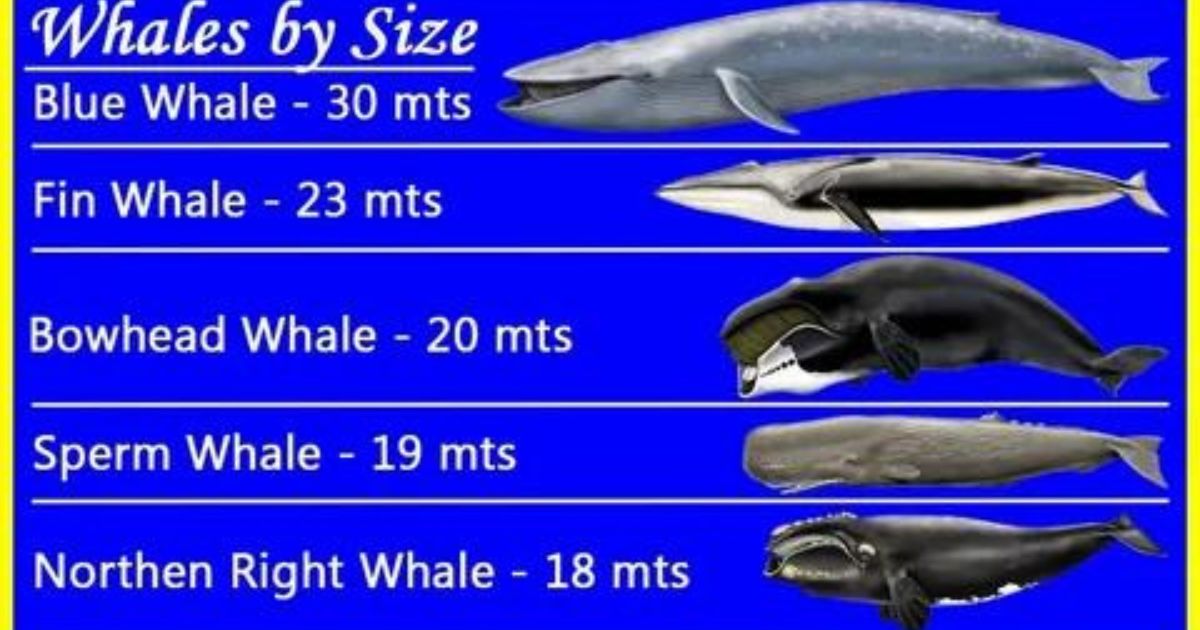
Why Are Right Whales Endangered?
Right whales face a multitude of threats that have pushed them to the brink of extinction. The primary culprits include:
- Entanglement in fishing gear: This is the leading cause of death and serious injury for right whale. Fishing lines and nets can entangle whales, leading to drowning, infections, and physical trauma.
- Ship strikes: Collisions with large vessels pose a major threat, particularly for North Atlantic right whales. Their slow-moving nature and tendency to surface frequently make them vulnerable to being struck by ships.
- Climate change: Rising ocean temperatures are causing shifts in prey distribution and habitat suitability for right whale. Additionally, increased storm intensity could disrupt migration patterns and make whales more vulnerable to ship strikes.
These combined threats have resulted in a critically low population, with only around 350 North Atlantic right whales remaining.
Right Whale Species
There are three recognized species of right whales:
- North Atlantic right whale (Eubalaena glacialis): As discussed earlier, this critically endangered species faces an uphill battle for survival.
- North Pacific right whale (Eubalaena japonica): With an estimated population of only around 30 individuals, this species is also critically endangered.
- Southern right whale (Eubalaena australis): This species has a larger population compared to its northern counterparts, but it still faces threats from habitat degradation and entanglement.
What Do Right Whales Eat?
Right whales are filter feeders, using their baleen to strain tiny prey from the water. Their primary food source is zooplankton, a vast array of microscopic crustaceans like copepods. They are skim feeders, using a unique “lunging” technique to rapidly engulf large volumes of water containing zooplankton.

Feeding Behavior
Right whales are skim feeders, using their baleen to filter vast quantities of zooplankton, tiny crustaceans like copepods. They have a unique feeding strategy called “lunging,” where they rapidly accelerate towards the surface with their mouths open, engulfing large volumes of water.
Social Behavior and Communication
Right whales are generally solitary animals, but they do exhibit some social behavior. They may be seen in small groups during feeding or migration, and mothers maintain close bonds with their calves for up to a year. Right whale communicate through vocalizations, including moans, groans, and calls. These sounds are believed to play a role in social interaction and mate attraction.
Reproduction and Lifespan
Right whales have a slow reproductive rate, with females only giving birth to a calf every 3-5 years on average. Calves are born weighing around 3,600 kilograms (8,000 lbs) and are dependent on their mothers for milk for up to a year. Right whales can live for up to 100 years, but due to various threats, their average lifespan is likely much shorter.
Right Whales and Offshore Wind
The development of offshore wind farms presents a potential threat to right whales. Concerns include:
- Vessel strikes: Increased vessel traffic associated with construction and maintenance of wind farms could lead to collisions with whales.
- Underwater noise: Pile driving used to install wind turbine foundations generates loud underwater noise, which could disrupt communication, displace whales from feeding grounds, and cause hearing damage.
- Habitat alteration: Wind farms could potentially alter prey distribution or migration patterns of whales.
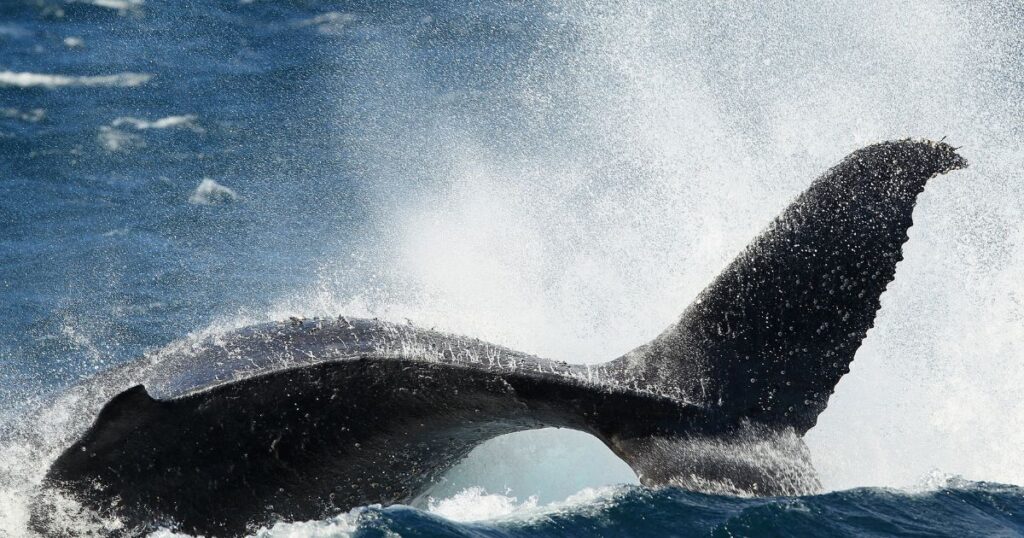
However, it’s important to note that the wind energy industry is actively working on mitigation strategies to minimize these impacts. These include:
- Seasonal restrictions: Limiting construction activities during peak whale migration periods.
- Noise reduction technologies: Utilizing quieter pile driving methods and sound mitigation devices.
- Real-time monitoring: Deploying acoustic buoys and visual surveys to detect whale presence and adjust operations accordingly.
The key is to find a balance between clean energy development and the protection of endangered species. A joint strategy by the National Oceanic and Atmospheric Administration (NOAA) Fisheries and the Bureau of Ocean Energy Management (BOEM) aims to achieve this balance through research, monitoring, and mitigation measures.
Why Are Right Whales Called Right Whales?
The name “right whale” is a historical relic from the whaling industry. Whalers considered them the “right” whales to hunt due to several factors:
- Slow-moving nature: Right whales are relatively slow swimmers, making them easier targets for whalers.
- Floatable after death: Unlike some whale species that sink when killed, right whales float due to their high blubber content. This made them easier to retrieve and process.
- High blubber yield: The blubber of right whales provided a large amount of valuable whale oil, a primary target for whalers.
Ironically, these very characteristics that made them the “right” whale to hunt are the same characteristics that contributed to their decline.
Why Are North Atlantic Right Whales Important?
North Atlantic right whales play a vital role in the marine ecosystem. As large filter feeders, they help to regulate zooplankton populations, maintaining a healthy balance in the food web. Their presence also contributes to the economic well-being of coastal communities through whale watching tourism. However, their ecological and economic importance goes beyond these direct benefits. These whales serve as an indicator of the health of the ocean. Their decline reflects the cumulative impact of human activities on the marine environment. By protecting these whales, we are working towards a healthier ocean for all marine life, including ourselves.
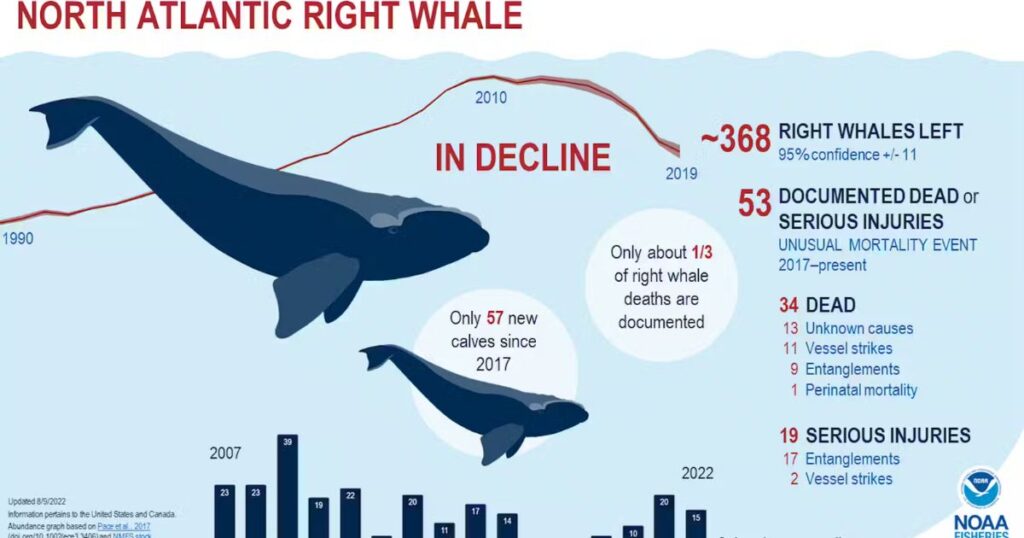
The Biggest Threats to Right Whales
While entanglement remains the most significant threat, right whales face a multitude of challenges:
- Ship strikes: Collisions with large vessels are a major cause of mortality and injury, particularly for North Atlantic right whales.
- Climate change: Rising ocean temperatures are causing shifts in prey distribution and habitat suitability for right whales. Additionally, increased storm intensity could disrupt migration patterns and make whales more vulnerable to ship strikes.
- Reduced prey availability: Changes in oceanographic conditions due to climate change and pollution can lead to a decline in zooplankton populations, impacting right whale food sources.
- Pollution: Pollutants such as industrial chemicals and plastics can accumulate in right whale, potentially affecting their health and reproduction.
Conservation Efforts
The critical situation of right whale necessitates a multi-pronged conservation approach:
- Regulation of fishing gear: Implementing stricter regulations on fishing gear types and deployment practices in areas frequented by right whales is crucial. Gear modifications and alternative fishing methods are being explored to minimize entanglement risks.
- Vessel speed restrictions: Enforcing mandatory speed restrictions for large vessels in areas with high right whale presence can significantly reduce the risk of ship strikes.
- Habitat protection: Designating critical habitat areas for right whales and implementing measures to minimize human activities that could disrupt their behavior or food sources.
- Research and monitoring: Continued research is vital to understand the threats right whales face, their population dynamics, and the effectiveness of conservation efforts. Monitoring programs using acoustic buoys, aerial surveys, and satellite tagging provide valuable data for conservation strategies.
- Public awareness: Raising public awareness about the plight of these whales and encouraging responsible seafood choices that support sustainable fishing practices can contribute to their conservation.
A Future for Right Whales
The future of right whales remains uncertain. However, ongoing conservation efforts offer a glimmer of hope. International collaboration, innovative mitigation strategies, and continued research are essential for the recovery of this iconic species. By addressing the threats they face and ensuring responsible ocean use, we can work towards a future where these whales continue to grace our oceans for generations to come.
Conclusion
The right whale is a majestic reminder of the beauty and fragility of marine ecosystems. Their survival depends on our collective efforts to mitigate the threats they face and ensure healthy oceans.

